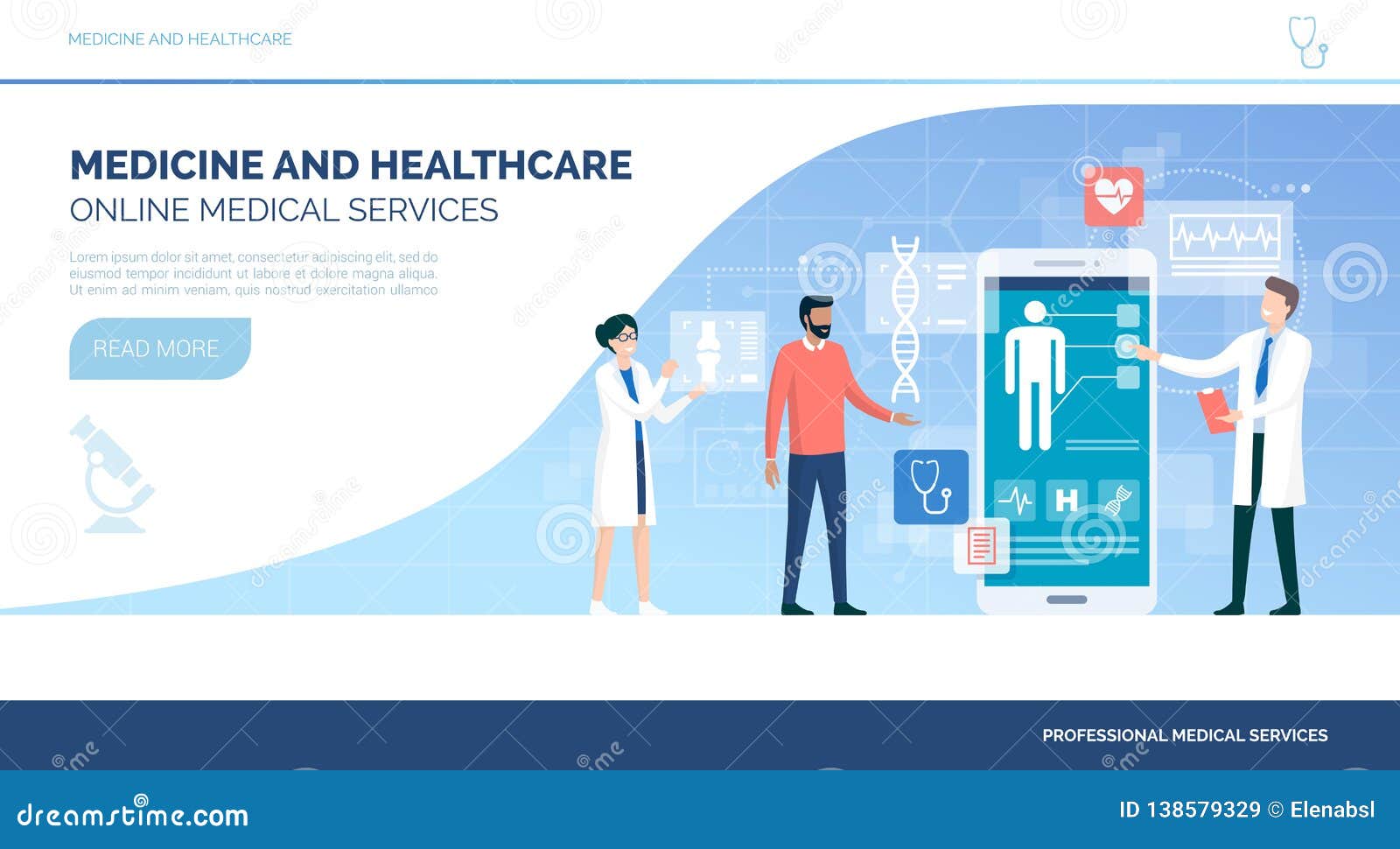Why Subscription Based Healthcare is Getting Popularity Among Patients Today
Why Subscription Based Healthcare is Getting Popularity Among Patients Today
Blog Article
The Surge of Subscription-Based Health Care and Its Effect On Individual Care
As medical care evolves, the subscription-based design is obtaining traction, promising to transform patient care by using predictability and ease of access. These designs, which bypass typical insurance coverage, can redefine the patient-doctor dynamic, emphasizing individualized and precautionary care. As with any kind of innovation, they present challenges, particularly worrying equitable gain access to for all socioeconomic teams. The possibility for these versions to improve health care shipment increases pressing questions concerning their long-term sustainability and inclusivity. Are these registration services the future of healthcare, or do they risk leaving vulnerable populations behind? The intricacies of this change warrant a more detailed exam.
Comprehending Subscription Healthcare Versions
Understanding the concept of registration healthcare designs involves examining a transformative technique to medical services that highlights price and availability. These models, often described as direct health care (DPC) or concierge medication, have arised as ingenious alternatives to traditional fee-for-service health care systems. Registration medical care allows patients to pay a fixed month-to-month or yearly fee for a defined collection of clinical services, which may consist of limitless workplace check outs, routine check-ups, and fundamental laboratory tests, without the requirement for traditional insurance policy payment.
The structure of subscription health care designs is made to streamline patient treatment by eliminating third-party payers and complicated payment codes, thus decreasing management burdens. Medical care suppliers can concentrate a lot more on client care, cultivating stronger patient-provider connections. This design likewise advertises preventative treatment by urging normal visits, as the economic obstacle of per-visit costs is removed.
The subscription design commonly empowers doctor to manage smaller sized patient panels, enabling more tailored care. It aligns financial rewards with individual health and wellness outcomes, as service providers are motivated to maintain patient satisfaction and wellness. On the whole, recognizing membership healthcare designs calls for identifying their potential to improve just how care is supplied and accessed.
Benefits for Patients and Providers

With a constant revenue stream, medical care specialists can dedicate more time to each client, leading to a more thorough and personalized care experience. The focus on preventive treatment within subscription strategies can lead to better individual outcomes and minimized long-lasting health care expenses.
Difficulties and Problems
While subscription-based medical care designs existing many benefits, they also come with a set of challenges and worries that need to be attended to. This increases moral concerns about equitable accessibility to medical care solutions.
Financial sustainability of subscription-based models is another problem. Carriers need to stabilize the set earnings from memberships with the variable prices of medical care solutions, which may fluctuate due to unforeseen medical demands. This can create pressure to limit services or boost fees, possibly affecting patient contentment and care quality.
Furthermore, regulative oversight of subscription-based medical care versions is still developing. Resolving these challenges is critical for the successful and equitable implementation of subscription-based health care.
Effect On Patient-Doctor Relationships
One substantial influence of subscription-based health care designs on patient-doctor connections is the possibility for boosted connection and personalized care. By embracing a membership version, medical professionals can take care read this post here of a smaller sized person panel, permitting more dedicated time with each individual. This increased availability fosters a deeper understanding of an individual's clinical history, way of living, and preferences, making it possible for more tailored therapy strategies and treatments.

However, it is very important to recognize that while subscription-based models might benefit those who can manage them, they might inadvertently expand health care disparities. People who are incapable to join these designs could experience reduced access to personalized treatment, possibly impacting their partnerships with doctor. Therefore, while the subscription design supplies appealing advantages for patient-doctor relationships, it also presents challenges that require to be dealt with to make certain equitable medical care accessibility.
Future of Healthcare Accessibility

The function of innovation can not be overlooked in this change. Telemedicine systems and electronic wellness records promote seamless communication in between people and medical care suppliers, damaging down geographical and logistical barriers. Furthermore, innovations in man-made knowledge and data analytics can even more personalize medical care by predicting client needs and maximizing therapy plans.
However, the future of health care gain access to likewise offers obstacles, such as guaranteeing equity across different socio-economic groups. Policymakers and doctor should work together to bridge the digital divide, making sure that subscription-based models remain budget-friendly and comprehensive. As these systems develop, they hold the promise of making medical care more easily accessible, efficient, and patient-centric.
Verdict
Subscription-based healthcare designs are improving individual care by offering a stable price structure and enhancing accessibility. These models strengthen patient-provider connections with individualized treatment and regular sees, emphasizing preventative wellness. Despite these benefits, obstacles such as accessibility issues for low-income populations and the click resources demand for go to this website equitable medical care options linger. The surge of subscription-based healthcare motivates proactive person engagement, which has the prospective to boost client outcomes and complete satisfaction, signaling a transformative shift in medical care shipment.
As healthcare develops, the subscription-based version is acquiring traction, assuring to transform individual care by offering predictability and access.Subscription-based healthcare designs offer distinct benefits for both suppliers and people, improving the general health care experience.As health care systems develop, the future of medical care accessibility often pivots on the integration of cutting-edge designs and modern technologies.Subscription-based medical care models are reshaping person treatment by providing a secure price framework and improving access. The rise of subscription-based health care urges aggressive person interaction, which has the prospective to boost client results and complete satisfaction, signifying a transformative shift in medical care shipment.
Report this page